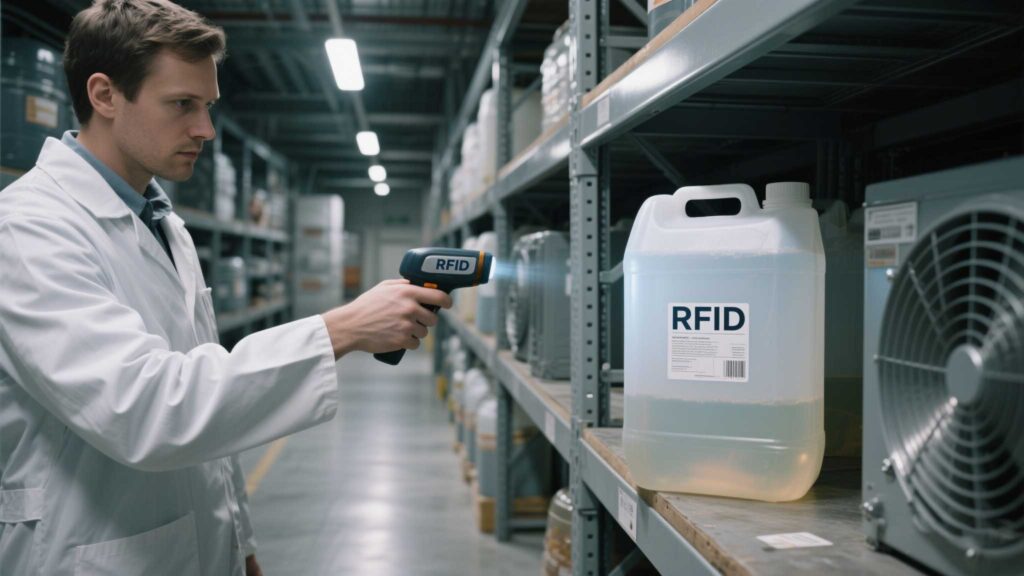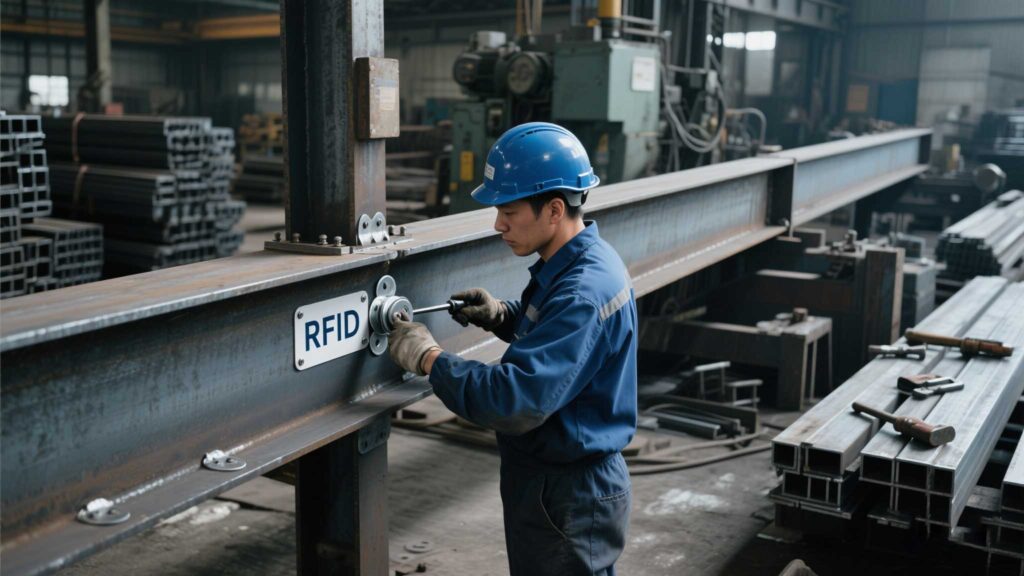What’s the Difference Between UHF and HF Handheld RFID Readers?
365Understand the differences between UHF and HF handheld RFID readers. Compare range, applications, costs, and choose the right technology for logistics, healthcare, or retail.
MoreAll RFID Product
Handheld RFID scanners are hailed for their ability to read tags without line-of-sight—until you hit a snag like metal shelves or liquid-filled containers. Suddenly, scans fail, workflows stall, and frustration mounts. So, can RFID really work in these tricky environments? The answer is yes, but only with the right tags, scanners, and know-how. Let’s break down the science and solutions.
Why Metal Disrupts RFID:
Metal surfaces reflect radio waves, causing signal interference and “dead zones” around tagged items. Imagine shouting into a mirror—the sound bounces back, making it hard to hear.
Solutions:
Real-World Fix: Cykeo’s industrial scanners pair with specialized metal-mount tags, achieving 90% read rates on machinery in automotive plants.

Why Liquids Block RFID:
Water absorbs UHF radio waves, weakening signals. This is why scanning a tagged water bottle feels like shouting underwater—the message gets lost.
Solutions:
Pro Tip: Test tags in your specific liquid environment—oil, chemicals, and dairy affect RFID differently.
Healthcare: NFC tags track saline bags and medication vials without interference.
Food & Beverage: LF tags monitor beer kegs and canned goods on metal shelves.
Aerospace: Metal-mount tags trace titanium parts through assembly lines.
Avoid This Mistake: Assuming all UHF scanners work everywhere—specialized environments need specialized gear.

For extreme cases (e.g., tags submerged in water or fully enclosed in metal):
Case Study: A brewery using Cykeo’s LF scanners achieved 85% read accuracy on stainless steel kegs, up from 30% with generic UHF tags.
Takeaway: Yes, handheld RFID scanners can read tags through metal and liquid—but not out of the box. Success hinges on choosing the right tags, tuning your setup, and accepting tradeoffs (like shorter read ranges). For industries like healthcare, logistics, and manufacturing, these fixes are game-changers, turning “impossible” scans into routine checks. Start with small tests, iterate based on results, and don’t let metal or liquid derail your RFID ambitions.
Understand the differences between UHF and HF handheld RFID readers. Compare range, applications, costs, and choose the right technology for logistics, healthcare, or retail.
MoreLearn the key differences between handheld and fixed RFID frequency detectors, their real-world uses, and how to pick the right one for your RFID system.
MoreLearn how to seamlessly connect handheld RFID scanners to your inventory system for real-time tracking, reduced errors, and improved efficiency.
Morehow RFID and IoT work together, their benefits, applications
More